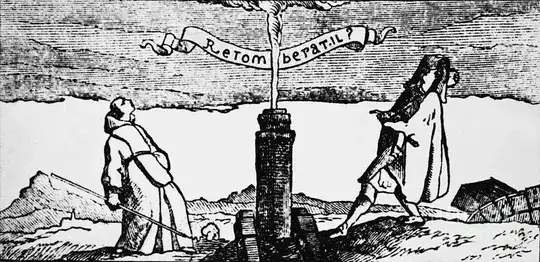A common claim in support of "Flat Earth" models is that a cannonball fired precisely vertically drops back upon the cannon, even back down the muzzle. One such claim appears here http://www.atlanteanconspiracy.com/
These claims clearly echo the 19th century one reproduced here in Samuel Rowbotham's "Zetetic Astronomy":
http://www.sacred-texts.com/earth/za/za21.htm#page_67
Although it's clearly claimed that the experiment was performed, the stated consistency of the shots (maximum sideways variation of 2 feet in a 28 second flight) seems implausible, at least given the popular understanding of smooth-bore cannon accuracy and possible effects of wind and cannonball spin. Is there any corroborating evidence for the experiment as reported, or for subsequent enactments of it?
